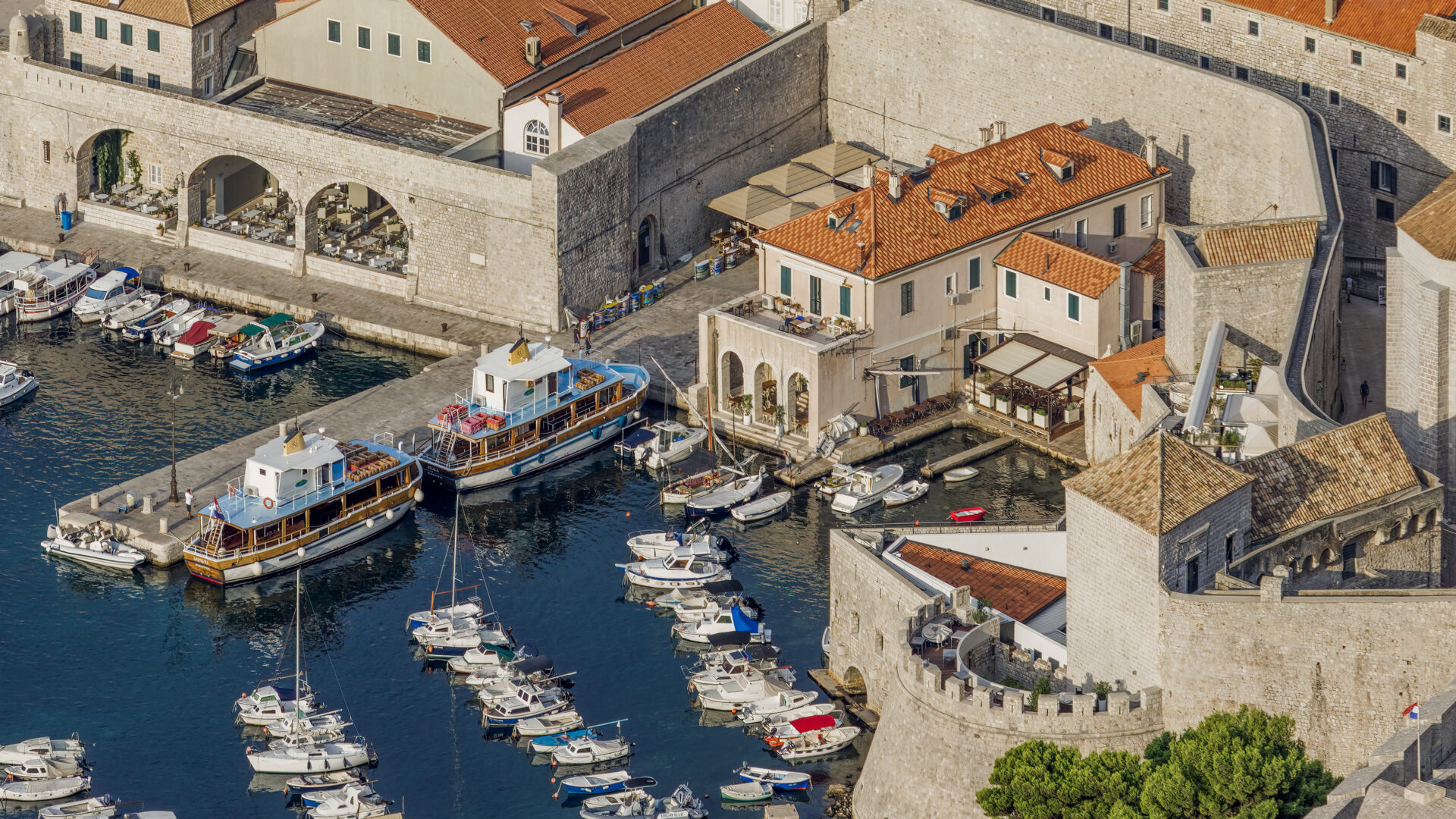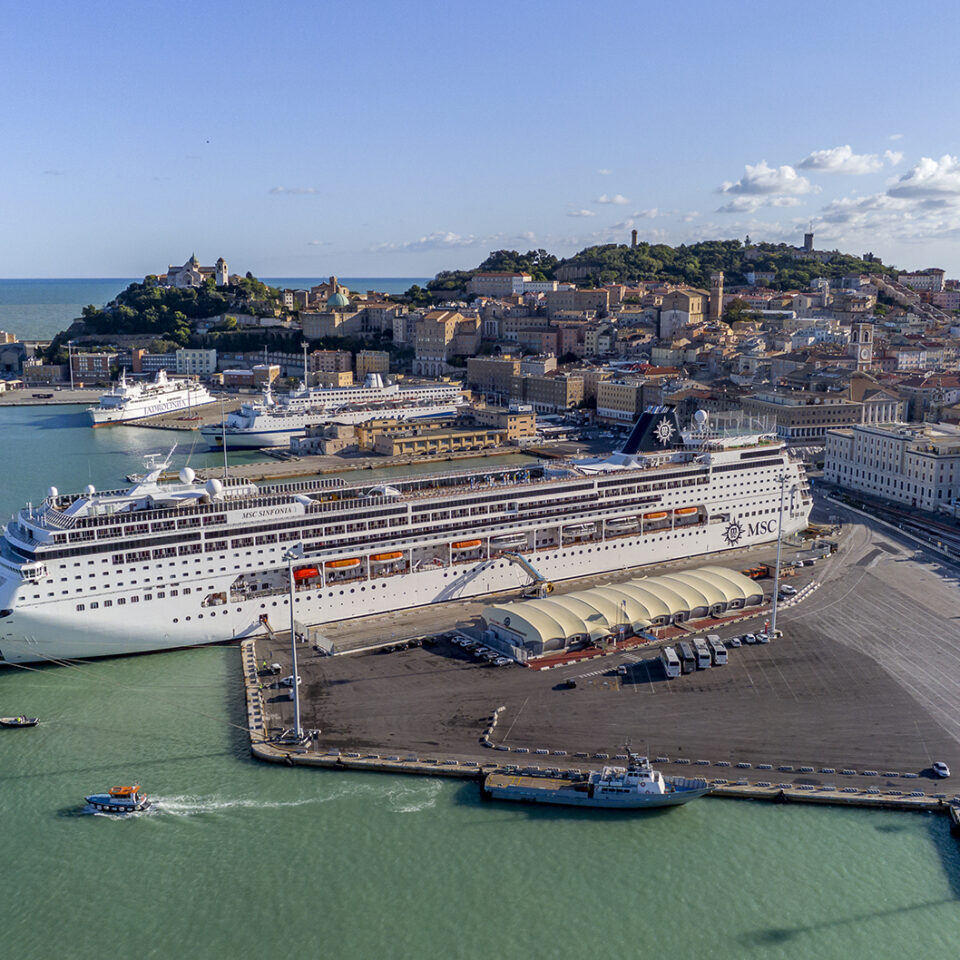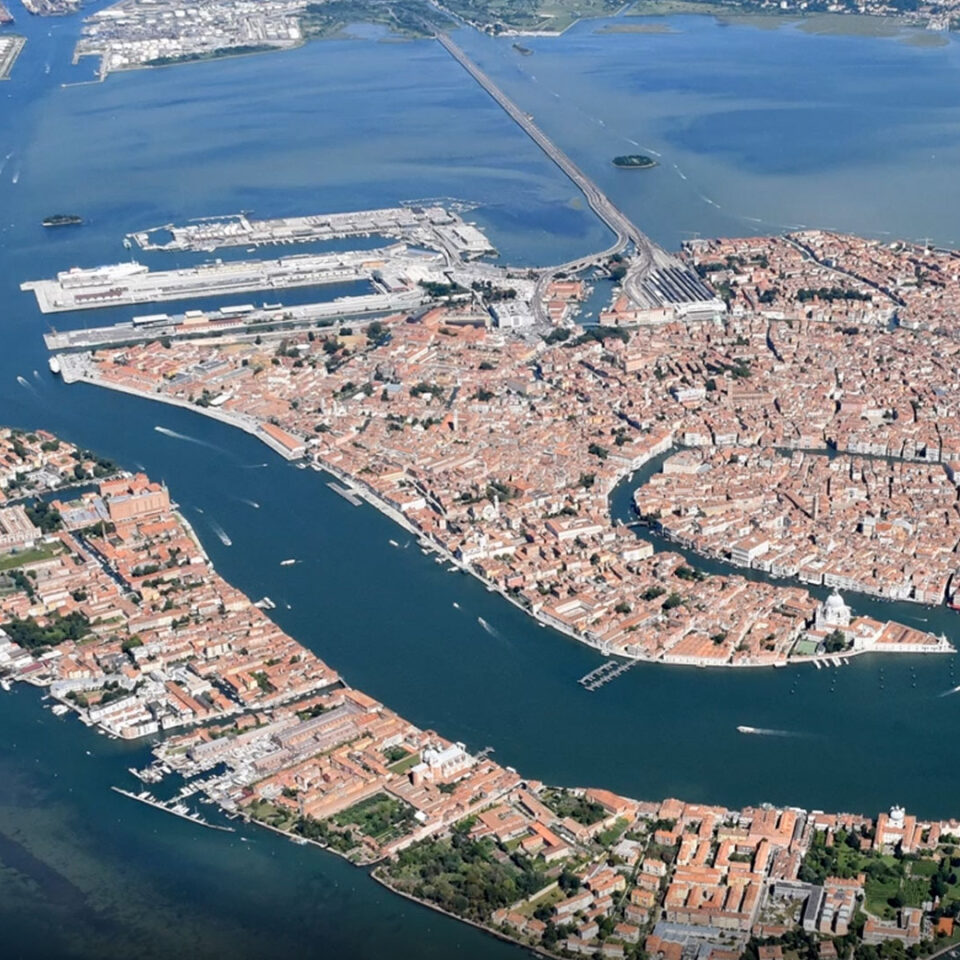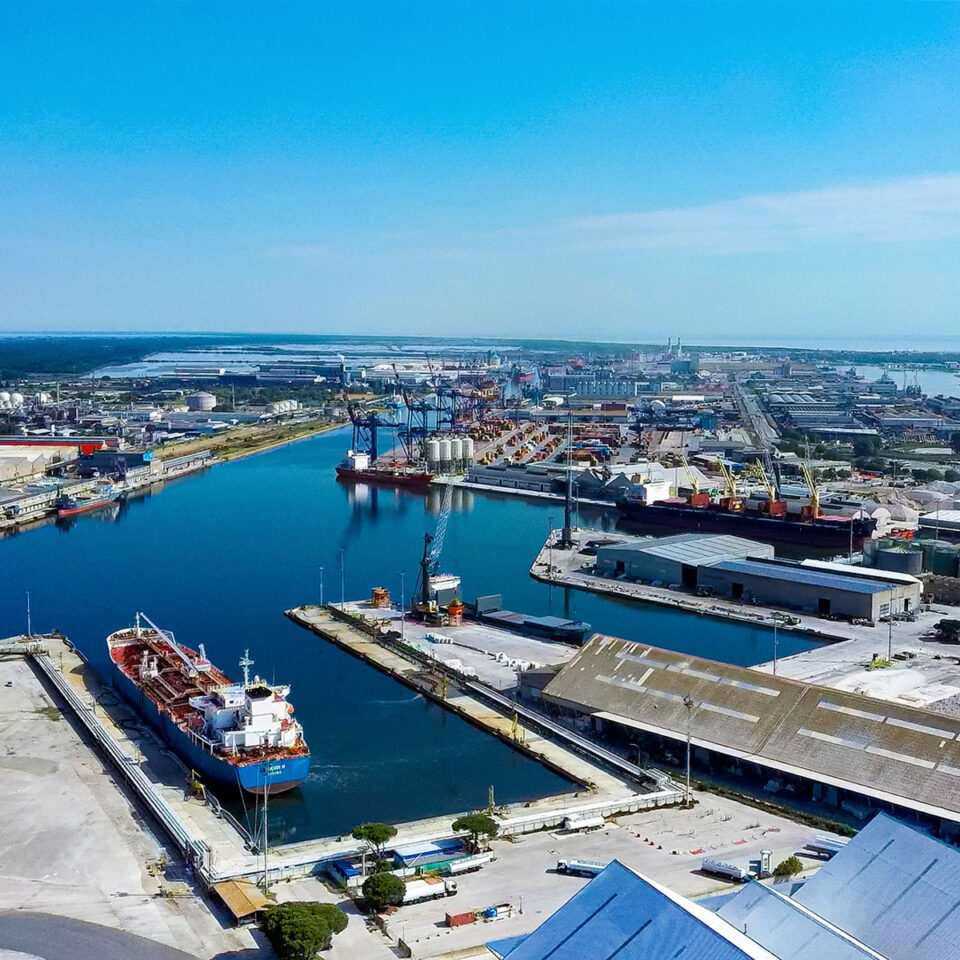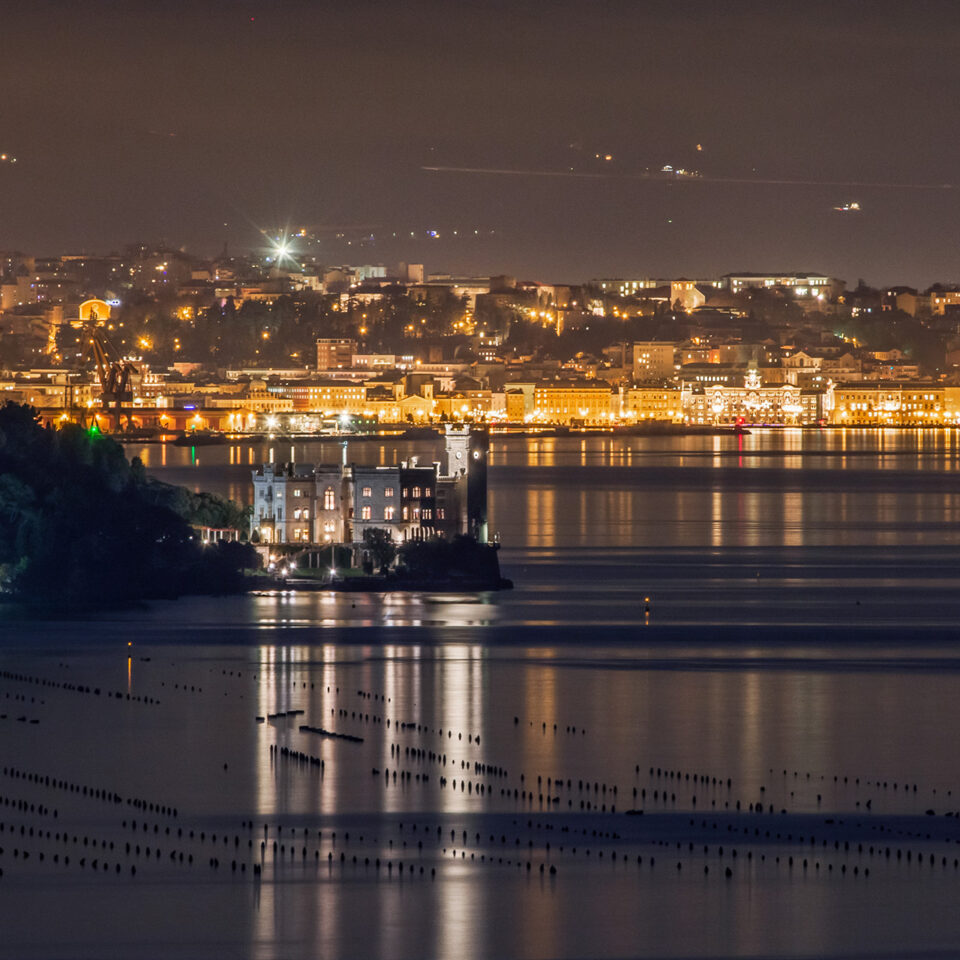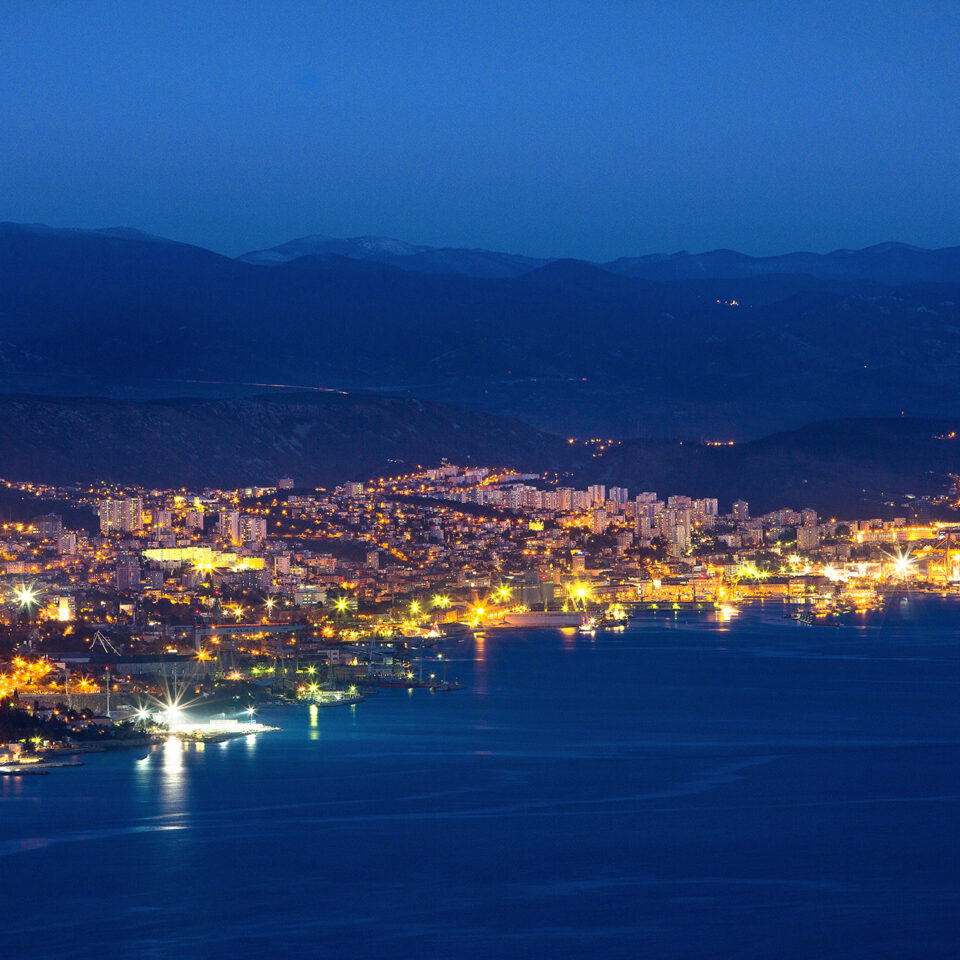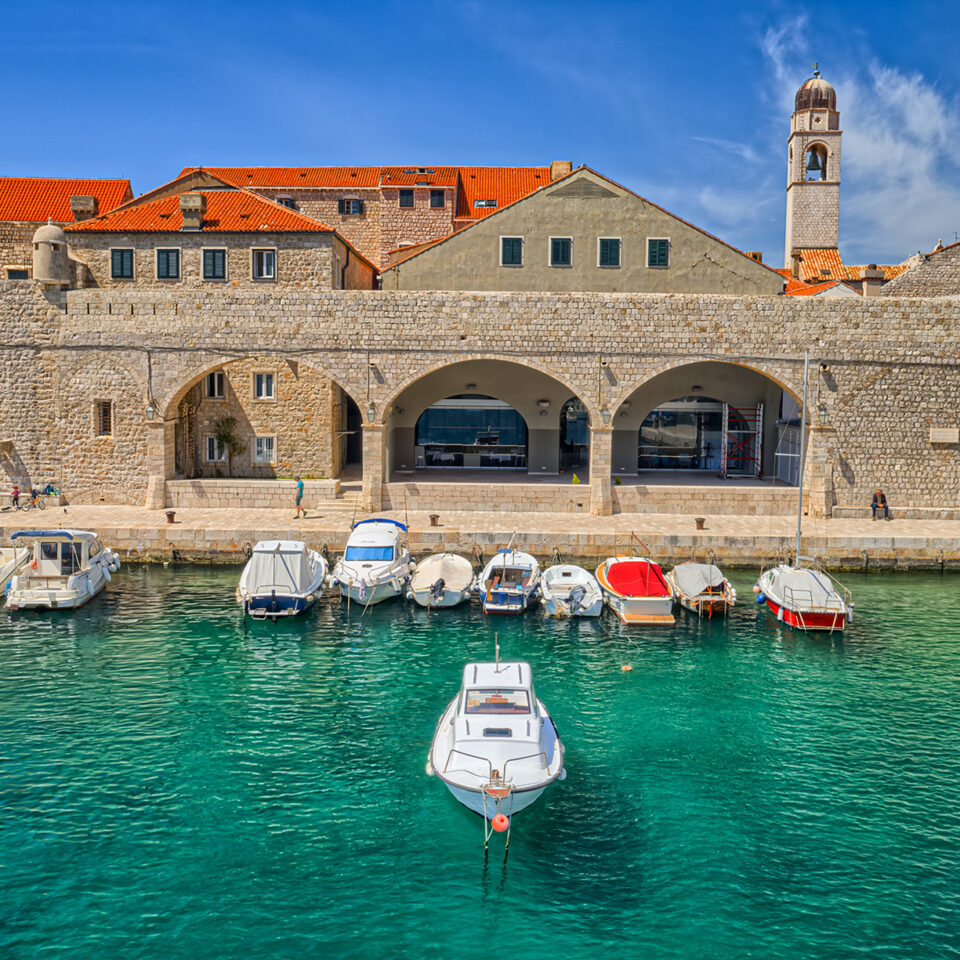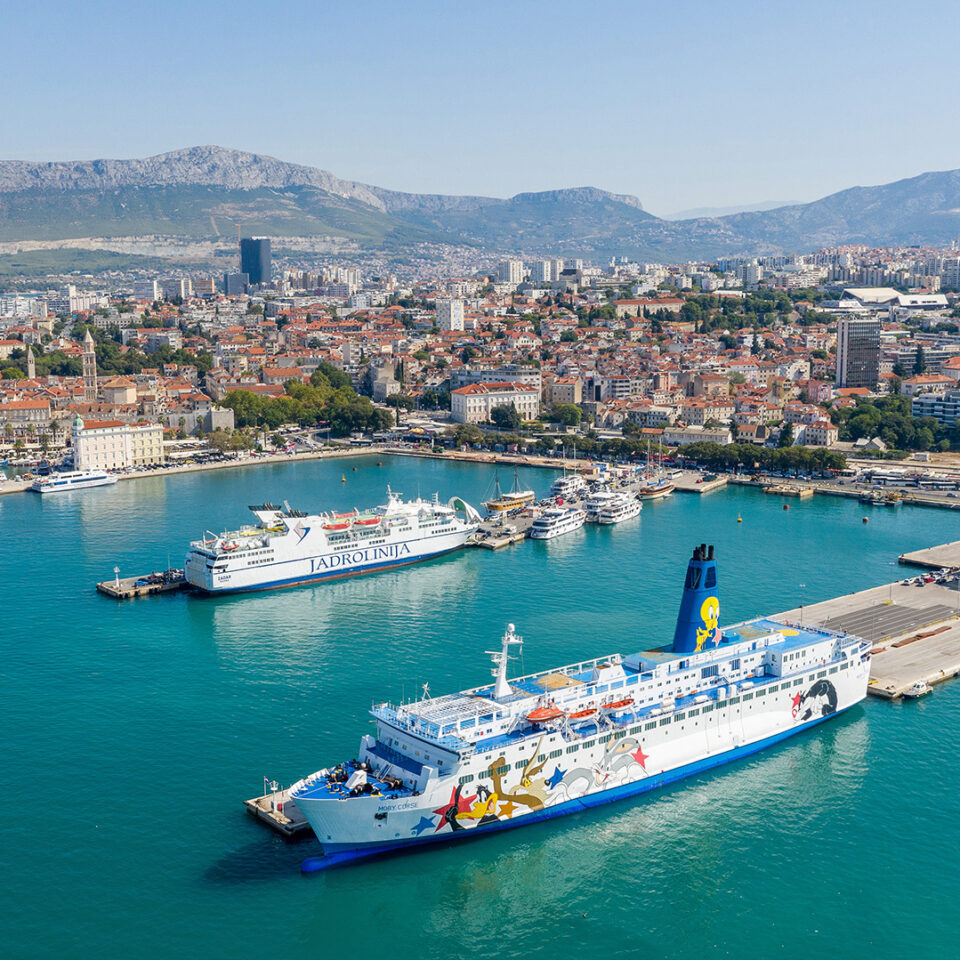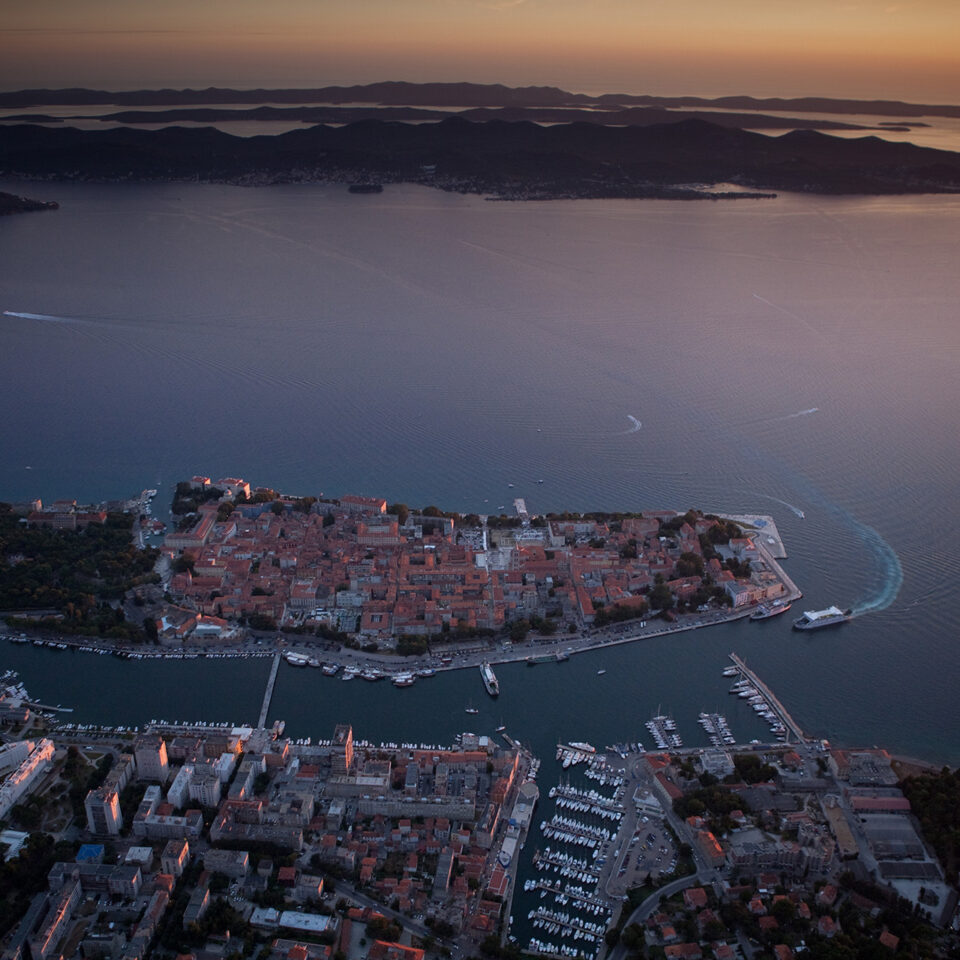


St LUKE’s TOWER
The St Luke’s Tower belonged to the norther part of the city harbour’s defence system. It was named after the nearby pre-Romanesque church of St Luke, located at its base. The year of construction is unknown, but according to chroniclers it dates from the second part of the 13th century.
With its location on the main city wall, rhomboid layout and a structure attached to it – it stood out from other towers from the time. In preserved records, it was first mentioned in 1345 in relation to orders for its extension and fortification, and in 1366 it appeared in a list of guard posts. Access to the tower was only possible from the city wall part and in the mid-14th century the staircase was built to it serving as the main entrance to the city walls, being in use until 1420. In that period, the tower had crenelation on corbels and a four-pitched roof with vaulted interior.
According to a design of Paskoje Miličević, the official Republic architect and engineer, the construction of turret (toreta), a semi-circular bastion with gun openings, started in 1470 underneath the tower. From 1346 until the construction of Kaše breakwater at the end of the 15th century, a section of the harbour chain, used to close the harbour for defensive purposes, was attached to the tower. From 1417 the tower was used as a storage of municipal millet and at the beginning of the 17th century it was used as gunpowder and salt depot.
Due to the large amount of stored gunpowder, the roof was destroyed during the great earthquake in 1667, but it was repaired the following year.
In the 19th century, under Austrian rule, one part of the tower was used as slanica – a large salt warehouse.
In 1884, the vault was demolished, reducing the tower height by about 4 meters, and the corbels supporting the crenelation were removed, giving the tower its current appearance.

